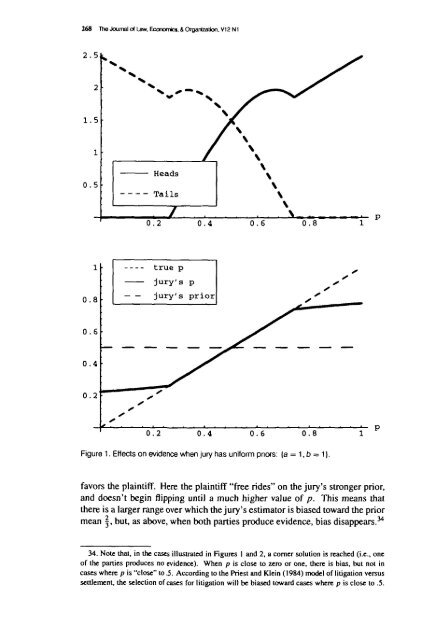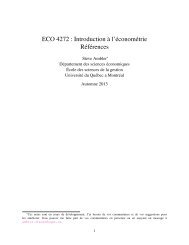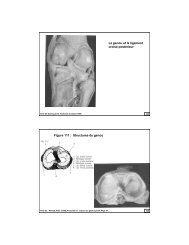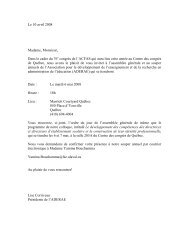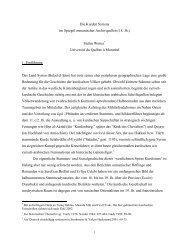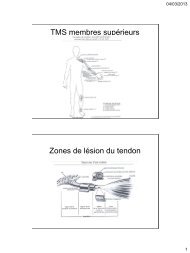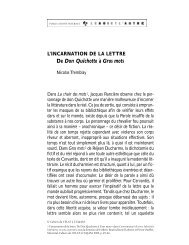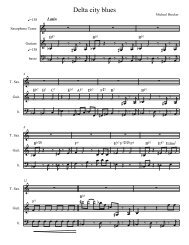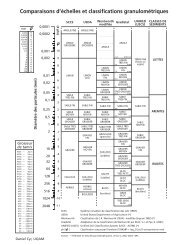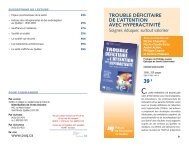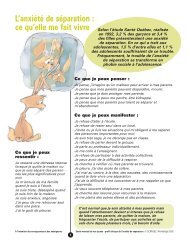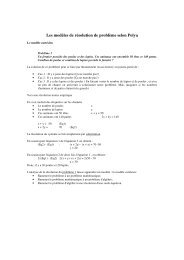Naive, Biased, yet Bayesian: Can Juries Interpret Selectively ...
Naive, Biased, yet Bayesian: Can Juries Interpret Selectively ...
Naive, Biased, yet Bayesian: Can Juries Interpret Selectively ...
Create successful ePaper yourself
Turn your PDF publications into a flip-book with our unique Google optimized e-Paper software.
268 The Journal of Law, Economics, & Organization. V12 N1<br />
2.5<br />
1.5<br />
0.5<br />
Heads<br />
Tails<br />
0.2 0.4 0.6 0.8<br />
0.8<br />
true p<br />
jury's p<br />
jury's prior<br />
0.6<br />
0.4<br />
0.2<br />
0.2 0.4 0.6 0.8<br />
Figure 1. Effects on evidence when jury has uniform pnors: {a = 1, b = 1).<br />
favors the plaintiff. Here the plaintiff "free rides" on the jury's stronger prior,<br />
and doesn't begin flipping until a much higher value of p. This means that<br />
there is a larger range over which the jury's estimator is biased toward the prior<br />
mean |, but, as above, when both parties produce evidence, bias disappears. 34<br />
34. Note that, in the cases illustrated in Figures 1 and 2, a corner solution is reached (i.e., one<br />
of the parties produces no evidence). When p is close to zero or one, there is bias, but not in<br />
cases where p is "close" to ,5. According to the Priest and Klein (1984) model of litigation versus<br />
settlement, the selection of cases for litigation will be biased toward cases where p is close to .5.


